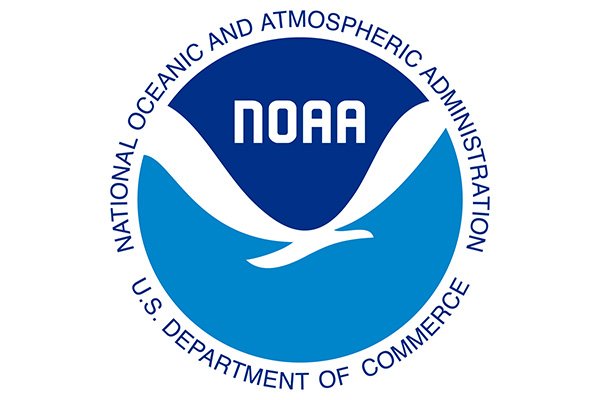Supporting Resilience
Continuing to strengthen resilience into the future.
Adapting to climate change and strengthening resilience takes time and sustained efforts. In addition to the information on this site, there are many resources and tools available to help in decision-making for strengthening and managing climate resilience in fisheries.
In brief:
- Supporting fisheries resilience to climate change in the long term requires sustained effort and action.
- There are many resources and tools available to help with adaptation decision-making, implementation and evaluation, at all stages of the process.
Moving forwards in adaptation
Adaptation in fisheries is a challenging and ongoing process. Effective adaptation requires information relevant to decision-making and planning scales as well as flexibility to respond to changing conditions and novel circumstances. It also will benefit from routine evaluation of strategies to understand how they are reducing climate impacts, whether they are helping achieve community and fishery goals, and how they are differentially affecting groups within the community. Although climate adaptation focused on fisheries at community scales is relatively new, its development will be critical for supporting vibrant, sustainable fisheries in the context of change and uncertainty. A variety of information, tools, and resources exist that can help support climate adaptation in fisheries, some of which are from the Northeast region, and others that can be adapted to needs within this region. We outline some of these resources below, but this is not a comprehensive list.
Programs, initiatives, toolkits
- Climate Resilient Fisheries Planning Tool
- EDF Climate-Resilient Fisheries and Oceans Toolkit
- US Climate Resilience Toolkit
- Maine Climate Change Adaptation Toolkit
- Maine Climate Science Dashboard
- New Jersey Fisheries Climate Resilience Checklist
- Connecticut Institute for Resilience and Climate Adaptation
- East Coast Climate Change Scenario Planning Toolkit
Funding
Networks
- Fishery Friendly Climate Action Group
- FISHScore 2030 Ocean Decade Program
- Northeast Sea Grant
- Maine Climate Change Adaptation Providers Network
- New Hampshire Coastal Adaptation Workgroup
- NEFSC Cooperative Research Branch
- Northeast Climate Resilient Fisheries Network
Reading materials
Climate Adaptation in Fisheries Resource Hub
Return to the main page for easy access to our climate adaptation planning pathway.
Staff Contact
Please contact Dr. Kathy Mills with any questions.
Project Sponsor
The information within this site was developed with funding from the National Oceanic and Atmospheric Administration’s Climate Program Office under awards NA15OAR4310120 and NA19OAR4310384.
Read More
-
![Gulf of Maine, Explained: Storms and Coastal Flooding]()
Gulf of Maine, Explained: Storms and Coastal Flooding
In this edition of Gulf of Maine, Explained, GMRI Postdoctoral Researcher and coastal hazards expert Dr. Hannah Baranes talks about how we can use the …
Gulf of Maine, Explained
-
![2023 Research Progress Update]()
2023 Research Progress Update
Each year, to keep you updated on our research team's progress, we develop a report showcasing some of our lab's achievements. More broadly, this report …
Reports
-
![New: Climate & Fisheries Planning Tool]()
New: Climate & Fisheries Planning Tool
The Science for Nature and People Partnership (SNAPP) working group on climate-resilient fisheries, led by GMRI Senior Research Scientist Dr. Kathy Mills, recently developed a …
Tidings
-
![FishSCORE2030: Supporting Climate-Resilience in Fisheries]()
FishSCORE2030: Supporting Climate-Resilience in Fisheries
GMRI Research Scientist Dr. Kathy Mills is leading a new collaborative effort to build an international network of scientists, stakeholders, and practitioners who will identify …
Tidings




